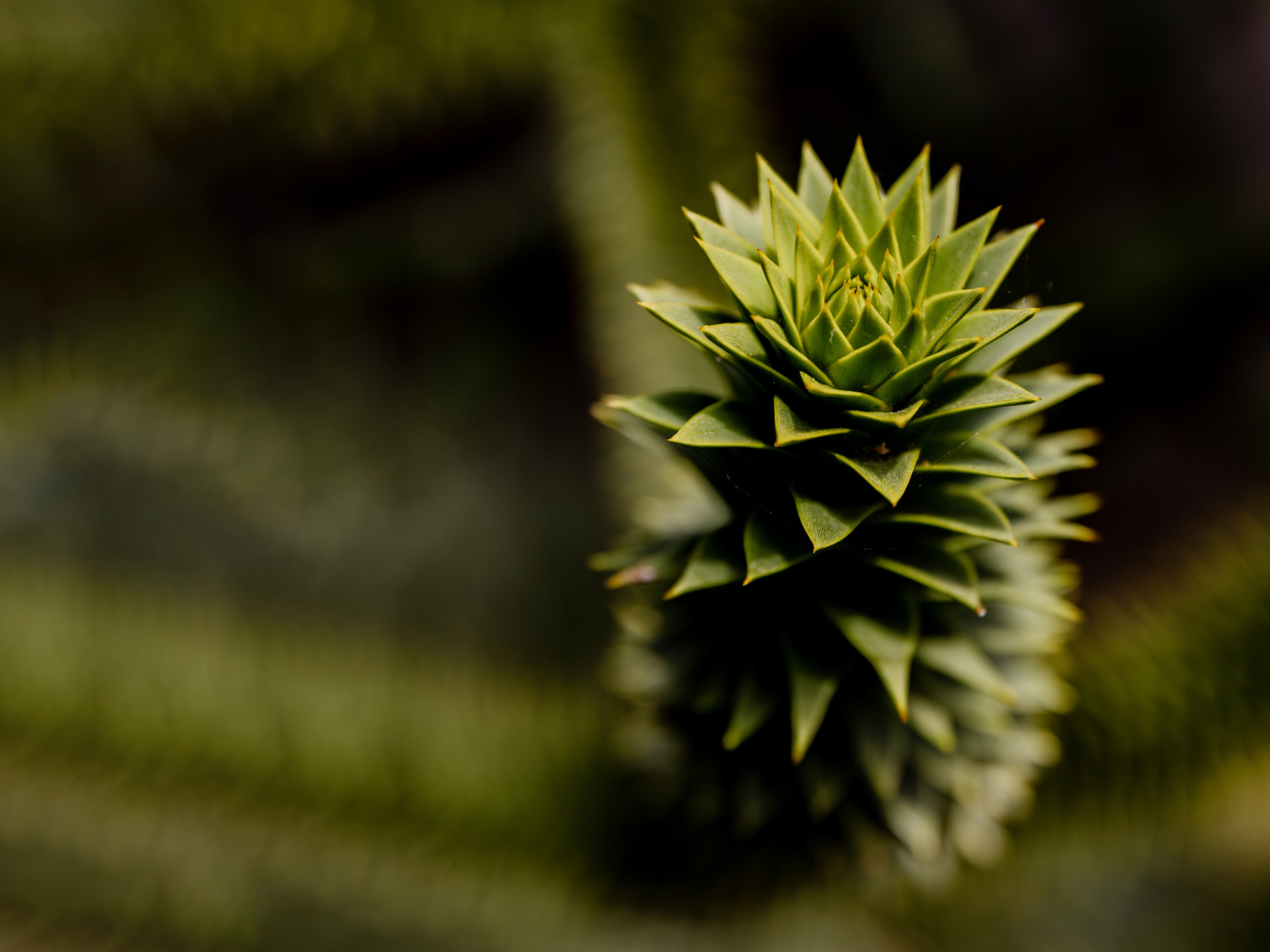Dr David Bell, Bryologist, and RBGE Sample Coordinator for the Darwin Tree of Life
Email: dbell@rbge.org.uk
ORCID: 0000-0002-1059-8777
Bryophytes (mosses, liverworts, and hornworts) are a crucial and often overlooked component of the majority of terrestrial ecosystems. Due to their diminutive size and a relative lack of taxonomically informative morphological characters, many species are poorly understood, even in well-studied floras, and cryptic diversity is common. The three bryophyte lineages and vascular plants together define the four major extant branches of embryophyte phylogeny, and so the bryophytes represent a considerable portion of the deep evolutionary history of land-plant diversity. Understanding relationships both among and within these major groups is thus crucial to our understanding of the evolution of terrestrial life.
My research aims to investigate these evolutionary relationships, using molecular data to inform species boundaries, relationships, and classification in particularly poorly understood groups of mosses and liverworts. In previous studies, I have used genomic data to explore relationships broadly across land plants and investigate bryophyte plastome evolution, and used DNA barcode data to investigate species boundaries in difficult bryophyte groups of conservation concern. My current research includes using hybrid capture data to investigate phylogenetic relationships of complex thalloid liverworts globally, and to assess diversity of British and Irish bryophytes on a spatial scale. Additionally, I am using genomic datasets in conjunction with more deeply-sampled DNA barcoding datasets to inform our understanding of species boundaries and relationships in several groups, including the leafy liverwort genus Herbertus and the granite moss genus Andreaea.
My current responsibilities at RBGE include sampling bryophytes and vascular plants for the Darwin Tree of Life project, liaising with colleagues to coordinate sampling of plant and lichen material from wild populations. My role includes field collection of samples, including coordination of permits, taxonomic identification of material using morphology and DNA barcode data, sample preservation and storage, managing cold-chain transportation, and the production of reports and SOPs.
For vascular plants, tissue is processed into liquid nitrogen in the field in order to preserve the high-quality DNA required for genome sequencing. However, because of the diminutive size of bryophytes, and their tendency to grow in mixed stands (as well as providing a habitat for other organisms), living bryophyte samples are brought back to the lab to be processed under a microscope – and photographed. This allows us to isolate individual shoots of the species of interest, before they are flash frozen in liquid nitrogen to preserve the DNA.

